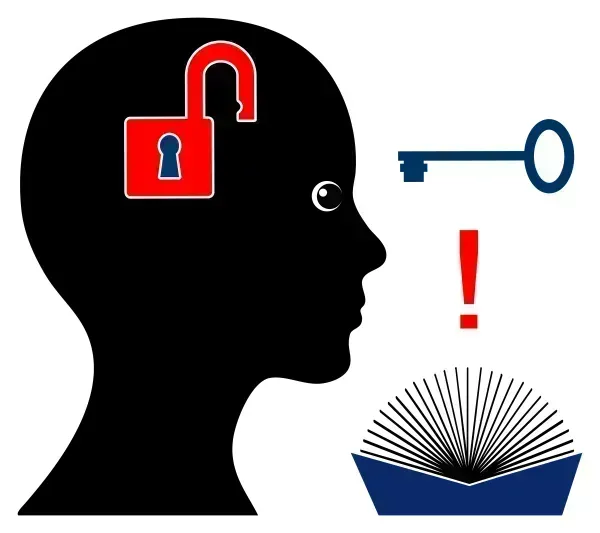Zone in on these Diagnostic Imaging Order Form Guidelines

Plus, know when and how the interpreting provider can self-order. The rules surrounding how independent diagnostic testing facilities (IDTF) process order forms for diagnostic imaging services can be tricky. The guidelines aren't always clear-cut and can even vary depending on what type of procedure the physician orders. Understanding the Centers for Medicare and Medicaid Services (CMS) guidelines on how coders and diagnostic imaging providers should handle diagnostic imaging orders is fundamental for any coder or office manager working in the specialty. Consider these essential ground rules surrounding diagnostic imaging orders to keep your IDTF in compliance. Defining an Order Form First, it's crucial that coders and billers alike understand what does and does not constitute an order form. According to the Medicare Claims Processing Manual (Chapter 15, Section 80.6), an "order" is defined as: Additionally, Medicare allows for practices to process an order through the following three means of communication: Know these Rules Surrounding Order Changes, Reorders Occasionally, a provider may conclude that a requesting physician's order for imaging will produce suboptimal or inconclusive results in respect to the patient's condition. In these instances, providers may not take it upon themselves to change the order. Instead, they must request an entirely new order from the ordering provider. For example, if the interpreting physician believes that the ordering physician should have requested a magnetic resonance imaging (MRI) scan over a computed tomography (CT) scan, the interpreting provider does not have the authority to make a change without the ordering provider sending a new (or revised) order form. "The same rules apply if the interpreting provider believes that additional testing needs to be performed in addition to the initial imaging ordered," says Barry Rosenberg, MD, chief of radiology at United Memorial Medical Center in Batavia, New York. "In these circumstances, a new order needs to be sent in order for the interpreting physician to order any additional diagnostic testing," Rosenberg explains. Take these Steps when Ordering Provider is Unreachable Imagine another scenario in which the testing facility cannot reach the treating physician to request a new or revised order. In these instances, Medicare states that the testing facility may perform additional diagnostic testing if the five following criteria apply: Additional Rules for Changes to Diagnostic Testing Finally, coders, office managers, and physicians need to know what additional changes the interpreting physician may make to a diagnostic imaging exam. 1. If the ordering physician does not specify number of views in the order, the physician may make changes to various "parameters" of the diagnostic test such as number of views (X-ray), thickness of tomographic sections acquired, and use or non-use of contrast. 2. The interpreting physician may modify an order with a clear or obvious error or inconsistency in respect to the patient's condition. For example, if the patient receives an order for a right foot X-ray despite trauma to the left foot, the interpreting physician may change the order. 3. The interpreting physician may cancel any diagnostic testing if the beneficiary's physical condition at the time of testing "will not permit performance of the test." Note: These rules only apply to diagnostic testing on a beneficiary who is not a hospital inpatient or outpatient. Additionally, the interpreting physician does not need to notify the ordering provider that these three changes to the order form have been implemented.




